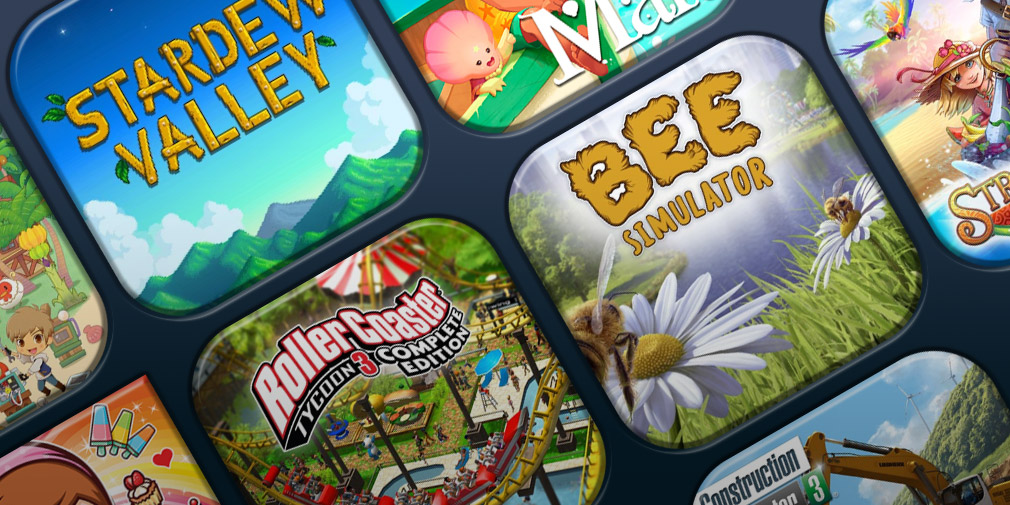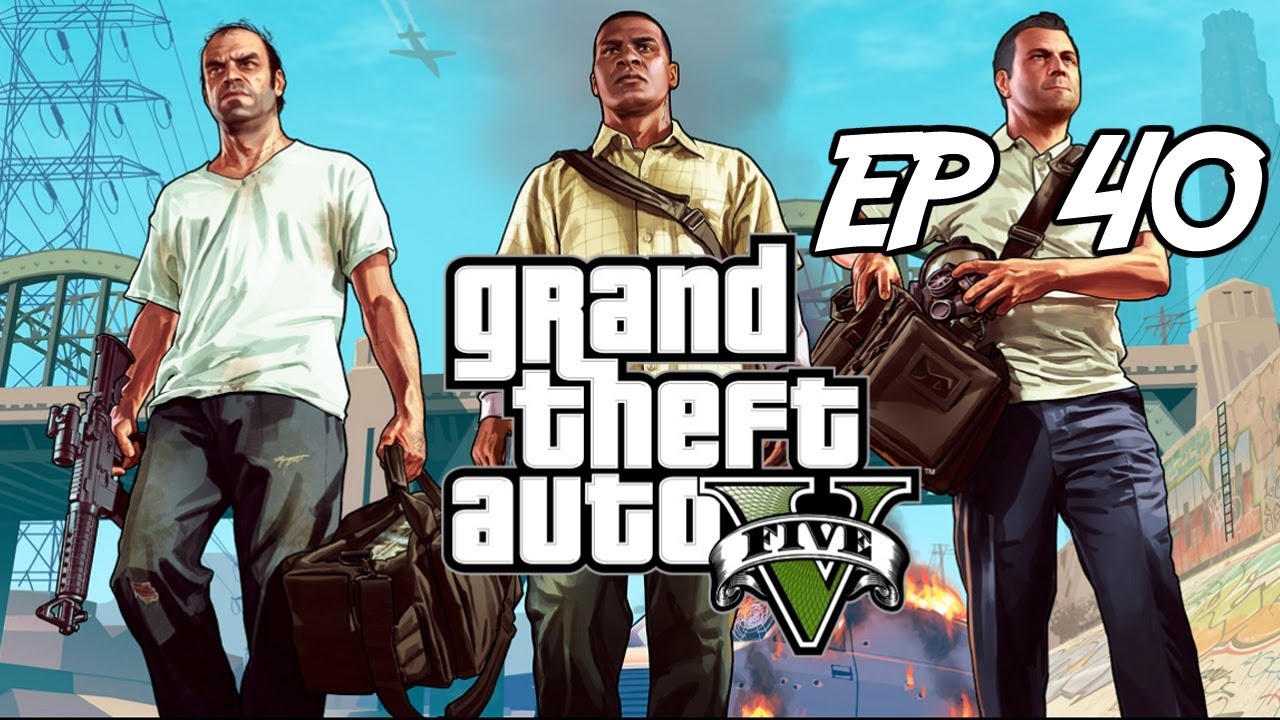League of Legends, often abbreviated as LoL, is a landmark title in the world of online gaming. Since its release in 2009, it has grown from a niche competitive game into a global phenomenon, influencing the landscape of esports, online communities, and even entertainment beyond gaming. With its complex gameplay, evolving meta, and passionate player base, League of Legends remains a pillar of modern gaming culture. This article provides a deep dive into the game's history, development, competitive scene, lore, and challenges, arranged chronologically and thematically to trace the journey of this iconic MOBA.
-
Origins and Launch: Setting the Foundation (2006–2009)
League of Legends was developed by Riot Games, founded by Brandon Beck and Marc Merrill. Inspired by the Warcraft III mod Defense of the Ancients (DotA), they sought to create a standalone game that would simplify and expand the MOBA genre, making it accessible and competitive. Riot officially launched League of Legends on October 27, 2009, featuring around 40 champions and a single main map, Summoner’s Rift.
The game’s free-to-play model with purchasable cosmetics attracted a broad audience, and Riot’s commitment to frequent updates and community engagement laid a strong foundation for growth. Early gameplay emphasized teamwork, strategy, and skill, setting LoL apart from other titles at the time.
-
Early Growth and the Formation of the Meta (2010–2012)
Following launch, League quickly grew in player numbers. Riot introduced ranked modes, which brought structure and competitiveness. The five-player team format established defined roles: top laner, jungler, mid laner, AD carry, and support. Players and teams began experimenting with strategies, champion picks, and item builds, giving birth to the “meta” — the most effective tactics at a given time.
Riot’s balancing efforts ensured no single champion or strategy dominated for too long, and patch cycles became a core part of the game’s evolution. This era also saw the emergence of regional communities that formed the backbone of competitive play.
-
The Birth of Esports and Regional Leagues (2011–2013)
Recognizing the competitive potential, Riot established official regional leagues such as the North American LCS and the European EU LCS. These leagues structured competition and talent development, formalizing esports infrastructures.
The first World Championship in 2011 offered a $100,000 prize pool and set the stage for global competition. Over time, tournaments grew in scale, professionalism, and viewership. This period marked League’s transformation from a casual game into a serious esport.
-
The Golden Era of Competitive League of Legends (2014–2016)
League of Legends solidified its place as a premier esport with massive events like the 2013 and 2014 World Championships, which drew tens of millions of viewers worldwide. South Korean teams such as SK Telecom T1 dominated the scene, and legendary players like Faker rose to fame.
Riot’s investments in franchising, broadcasting production, and player support helped build a sustainable ecosystem. This era established many of the professional standards that are now common in esports globally.
-
Gameplay Evolution: Champion Expansion and Mechanics (2015–2018)
Riot expanded the champion roster from around 100 to over 140 during these years. Each new champion brought unique abilities and playstyles, increasing the game’s strategic depth. Riot also introduced major reworks for older champions to keep them relevant.
Gameplay mechanics evolved as well, with item updates, map changes, and vision systems improving strategic options. Regular patches and season resets kept the meta dynamic and challenged players to adapt constantly.
-
Developing the Universe: Lore and Multimedia Expansion (2016–Present)
League of Legends is unique among esports titles for its rich narrative universe, Runeterra. Riot developed extensive lore around regions like Demacia, Noxus, and Ionia, fleshing out champions’ backstories and motivations.
Beyond in-game storytelling, Riot produced animated shorts, comics, and notably the Netflix series Arcane in 2021. Arcane’s critical and commercial success brought LoL’s world to a broader audience, cementing its cultural relevance beyond gaming.
-
The Community Ecosystem: Content, Creativity, and Culture
The League community is vast and creative, encompassing streamers, cosplayers, artists, and analysts. Content creators have played a major role in popularizing the game, educating players, and fostering community engagement.
Riot supports this ecosystem through events, official content features, and collaborations. This vibrant interaction between developers and players fuels the game’s longevity and cultural impact.
-
Monetization Model: Ethical Free-to-Play and Cosmetic Innovation
League of Legends employs a free-to-play model balanced by cosmetic microtransactions. Players can unlock all champions through gameplay, while optional purchases focus on skins, emotes, and other non-gameplay-affecting customizations.
This model avoids pay-to-win pitfalls and has been financially successful, allowing Riot to fund esports, content creation, and game development sustainably.
-
Challenges: Toxicity, Balance, and Accessibility
Despite its success, League faces challenges common to large competitive games. Toxic player behavior remains a concern, and Riot continues to refine its reporting, punishment, and honor systems to foster a positive environment.
Balancing a vast roster is complex; some champions or strategies may dominate, frustrating players. The learning curve is steep, potentially intimidating new players, although Riot has made strides to improve tutorials and onboarding.
-
The Future: Innovation, Expansion, and Longevity
Riot Games continues to expand the League brand with spin-offs like Teamfight Tactics and Wild Rift, a mobile version tailored for broader accessibility. Advances in AI coaching, spectator tools, and esports technology promise enhanced player and viewer experiences.
The company’s commitment to continuous innovation, storytelling, and community engagement suggests that League of Legends will remain a defining title in gaming for years to come.
Conclusion
League of Legends has evolved from a modest MOBA inspired by a mod into a global gaming and esports juggernaut. Its deep strategic gameplay, rich lore, and dedicated community have shaped not only the game itself but also the broader cultural and competitive landscape. While challenges persist, Riot’s ongoing innovation and engagement with its player base ensure League’s relevance and growth. As a pioneer of esports and storytelling in gaming, League of Legends stands as a testament to what passionate development and community can achieve.
































